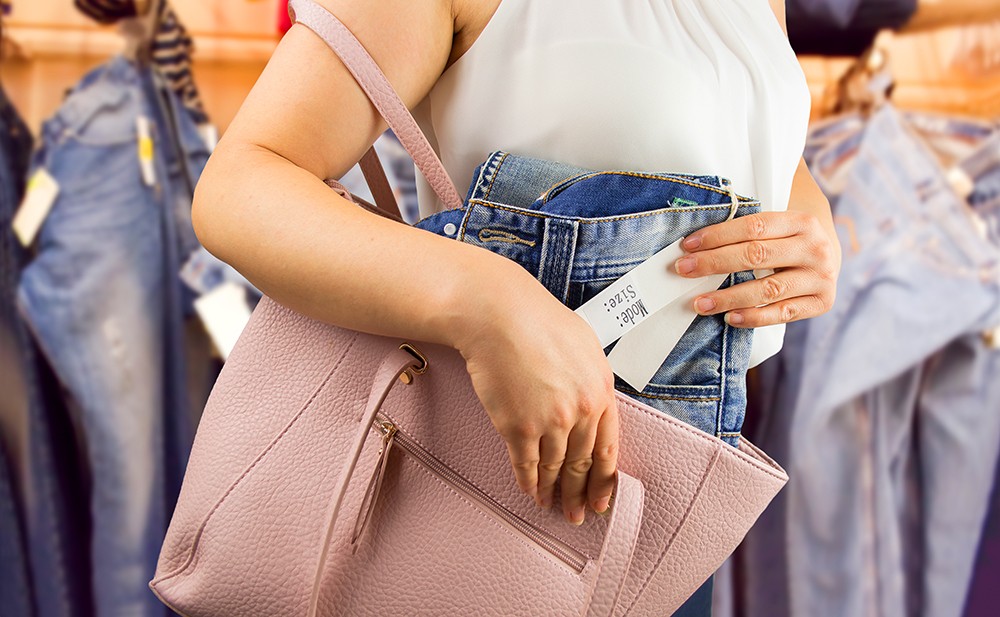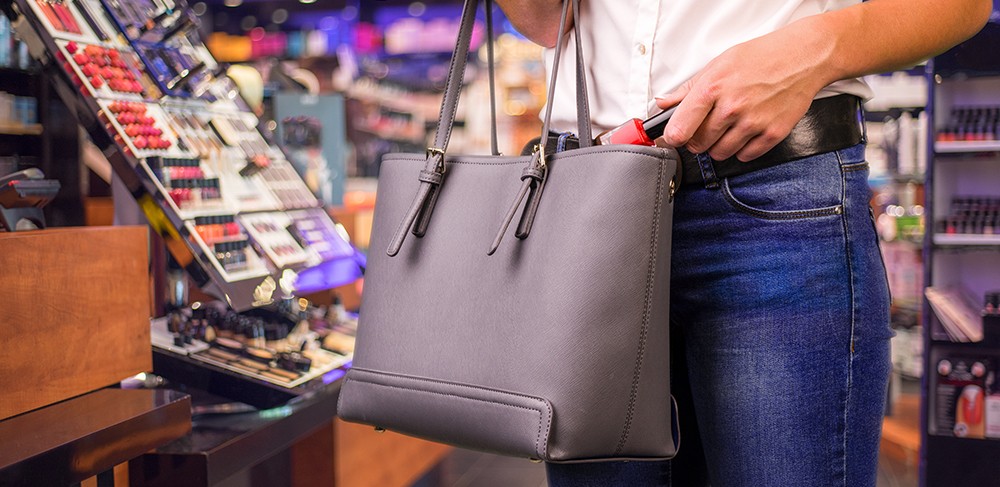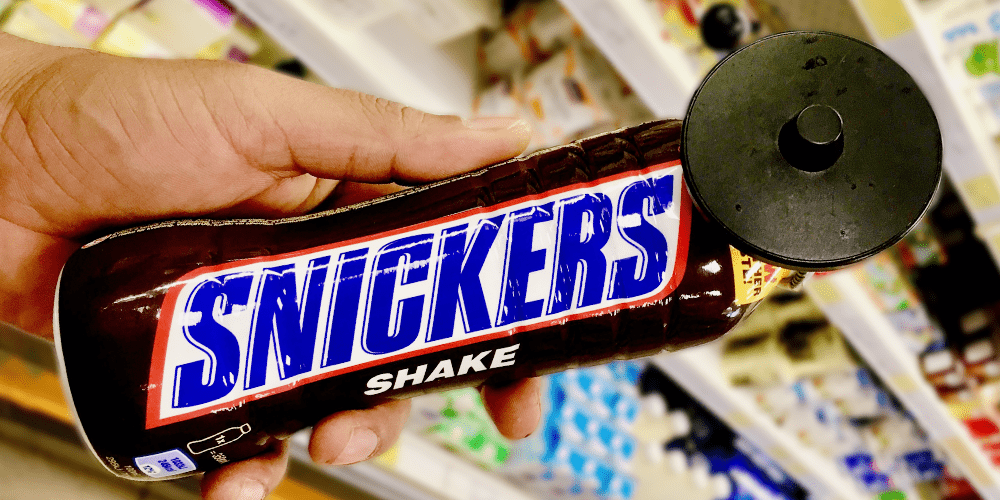
Why shoplifters steal
It might be a crime, but chances are you know someone who has shoplifted at some point in their lives, with recent studies indicating one in 11 Americans shoplift.
In cold hard numbers, statistics indicate 27 million Americans are shoplifters, while 10 million have been caught in the act at some point in the past five years.
And it begs the question, why do people shoplift? What leads them to believe they have the right to take an item without paying for the privilege?
So as a retailer seeking to minimize loss, here’s an insight into the different types of shoplifters and why they choose to steal…
The types of shoplifters
Researchers commonly break shoplifters down into three distinct categories:
The professional – This shoplifter steals for economic gain as part of a group or individually. They might be a member of an organized retail crime or a solo operator, but their intention is to profit from the resale of their pilfered merchandise.
Often their crime is premeditated, and the perpetrator has an acute understanding of the worth of the products they steal. For the retailer, the professional is one of the hardest shoplifters to spot but usually targets popular consumer goods with a high resale value.
The amateur – This shoplifter steals for the “rush”, at the behest of friends or out of simple necessity. It’s not about economic gain, but about social status or even survival, and often includes teenagers who steal as a rite of passage.
In fact, according to the National Association for Shoplifting Prevention (NASP), around a quarter of all American shoplifters are teens, and chances are they’re stealing on a dare or out of boredom.
The opportunist – This type of shoplifter rarely enters a retail environment intending to steal, but rather takes items because security is lacking, or the opportunity is available. They may also steal out of retribution for a lack of service, or because they feel entitled to a discount due to their previous patronage.
The reasons people steal
According to Australian research, while most people fall into the three categories of professional, amateur and opportunist, there are a variety of further reasons and justifications that compel people to steal, which are broadly broken down into rational and non-rational reasons.
Quite simply, rational thieves are motivated by profit or gain, while non-rational shoplifters may be prompted by psychological issues and stressors.
Within the rational and no-rational reasons people steal, there are also further factors that contribute to shoplifting:
Socio-economic disadvantage (impoverished) – The impoverished shoplifter steals out of need, but despite their disadvantaged socio-economic situation may still be hard to pick.
The drug user/addict – This shoplifter steals to feed a habit either re-selling the items they take or attempting to return them for a financial refund.
The thrill seeker – Usually egged on by a dare, the thrill seeker tends to steal on a whim and as part of a group. Teenagers fall into the amateur and thrill seeker category.
The kleptomaniac – This type of shoplifter generally targets low value items and steals out of compulsion.
The absent-minded – This unintentional shoplifter steals by pure mistake, and may include the elderly, and parents distracted by young children.
How to prevent shoplifting
Regardless of whether a shoplifter is stealing out of necessity, for economic advantage or because of opportunity, combatting retail shrink involves using multiple strategies and having a comprehensive approach to product security.
Loss prevention and shoplifting mitigation includes:
- Educating staff about the behaviour of shoplifters and suspicious activity to watch out for.
- Electronic article surveillance to monitor stock, including advanced security tags with increased magnetic strength like SuperLock, HyperLock and multi-polar tags.
- Regular stock takes and inventory tracking to ascertain whether items are stolen and what stock is most at risk.
- Good store layout to eliminate hidden areas, and to position high-value stock/commonly stolen items within view of staff.
- Good customer service.
- CCTV monitoring.
- Tethered cables, lockable displays and cabinet locks.
Together, these strategies, along with understanding the behaviour of shoplifters, mitigate the risk of shoplifting, allowing the retailer to concentrate on the sales rather than the loss.



